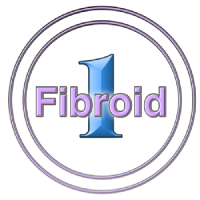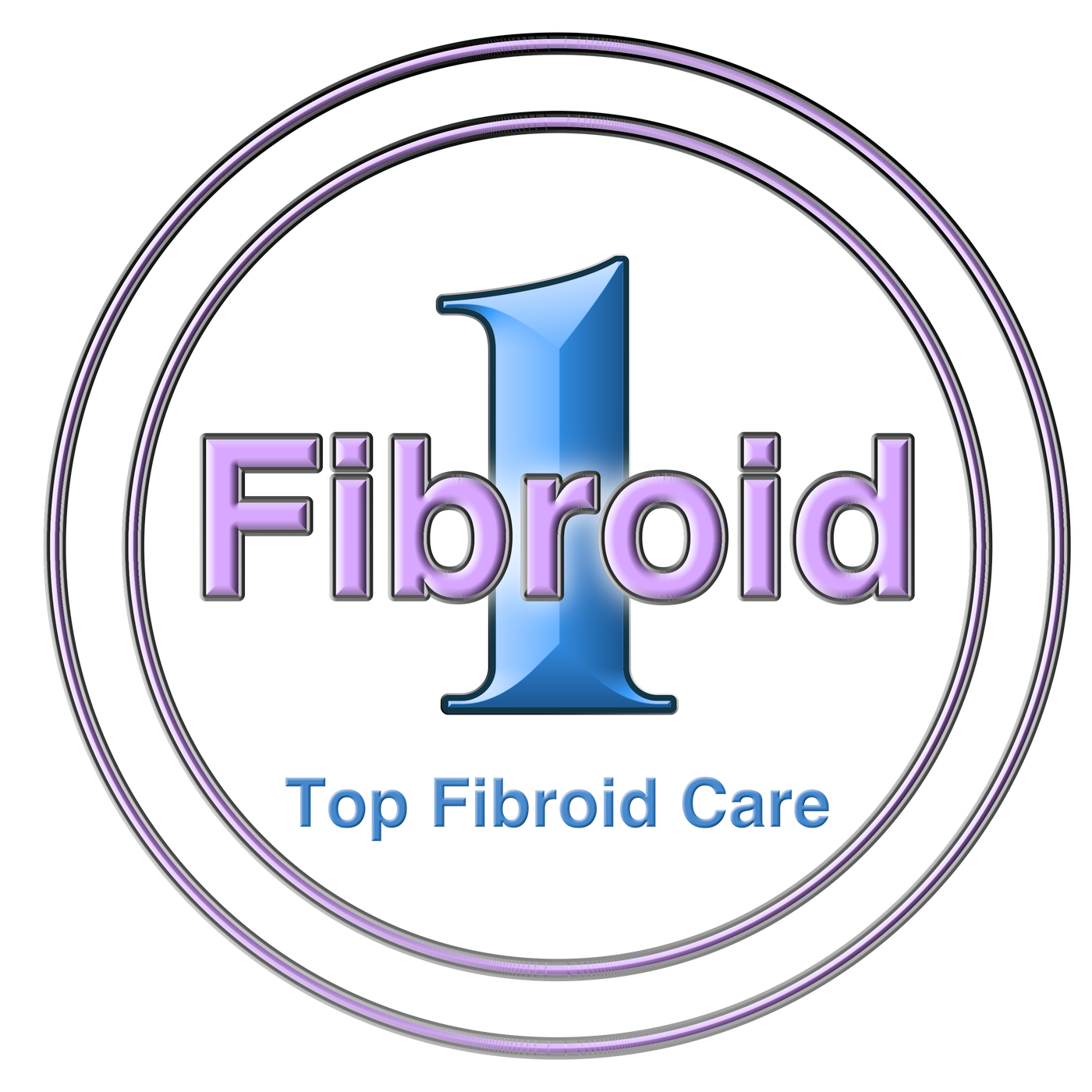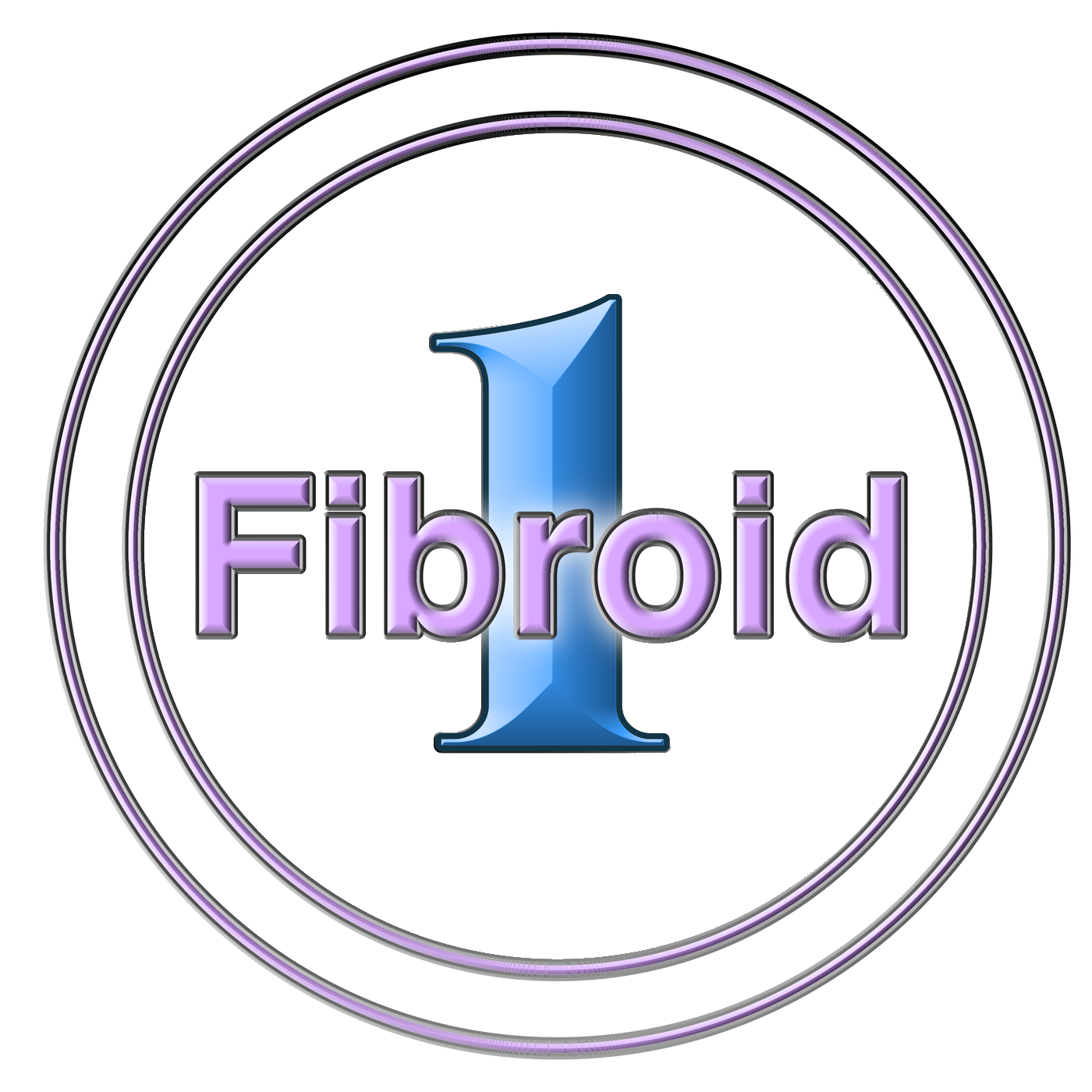
The latest, state-of-the-art, non-surgical treatment options for women with uterine Fibroids, Adenomyosis and/or Pelvic Congestion Syndrome. We empower women to work with their doctors to make the best individualized decisions.

The latest, state-of-the-art, non-surgical treatment options for women with uterine Fibroids, Adenomyosis and/or Pelvic Congestion Syndrome. We empower women to work with their doctors to make the best individualized decisions.

Get Your Healthy Back & Live Fibroid Free!
Are you suffering from symptoms related to fibroids?
- Heavy menstrual bleeding
- Menstrual periods lasting more than a week
- Severe cramping during periods
- Pelvic pressure or pain
- Frequent urination (happens when a fibroid puts pressure on your bladder)
- Constipation
- Backache or leg pains
- Increased abdominal distention (enlargement), sometimes even causing your abdomen to look pregnant
- Pain during sex
- Low back pain
- Anemia
- Fatigue / Tiredness

We Specialize In Fibroid Care Designed For You Including Non-Surgical UFE
Uterine Fibroid Embolization (UFE) is performed through a puncture in a blood vessel a little bigger than an IV line. Unlike a major surgery, there is a shorter recovery, less pain, less risk and lower complications, and no scars! This is highly recommended and has great results!
Removing your uterus is a major invasive surgery with potential effects on your health. Hysterectomy is often the only treatment offer to women with fibroids and is overutilized for non-cancerous conditions. Women can confidently choose UFE, for symptom relief.
Outpatient procedure requires no hospital stay or risks of general anesthesia. You go home the same day to sleep in your own bed with just a band-Aid. Quickly get back to your everyday routine! If you have any questions please contact us and we will be happy to help.
UFE is supported by numerous clinical studies as an effective treatment for fibroids and adenomyosis. UFE has been an effective treatment used to treat symptomatic fibroids for more than 25 years. UFE has given fibroid relief to 1000’s of women!
We Are The Leading Center for Women with Uterine Fibroids
1Fibroid Center vs Others
- We work hard to create a friendly, streamlined patient-centered experience that is hard to recreate in large impersonal hospitals settings.
- Our physicians and staff are closely involved in your care from the moment you arrive till the moment you leave.
- There is no confusing hospital maze, no long wait times, or unexpected emergencies that delay your procedures.
- Skilled physicians perform all procedures at our center without trainees, students or inexperienced operators.


Team-Based Approach
No two patients are the same. At 1Fibroid Center, we believe in a team-based approach to providing patient-centered care to help determine the most appropriate treatment for each patient. Our experienced Gynecology and Interventional Radiology team are specialized in fibroid care to offer the most up-to-date uterine sparing treatments available to improve your quality of life and quickly have you back to your routine.
We want the best for you. Our fibroid treatment team are specialty trained, and highly recommended. You can trust that you will be in great hands.
We have a proven track record with a veteran physician team that successfully treated 1000’s of women with excellent outcomes.
No rushed visits. We take our time with every single patient. We are a local practice, not a faceless national clinic. We are trusted and transparent.
We offer state-of-the-art care using the latest technology and current techniques. We don’t cut corners. Learn more and contact us today!
Uterus sparing options to help alleviate symptoms. Get you back to your routine quickly with minimal downtime and quick recovery.
Our team will never compromise when it comes to quality and safety. Patients are always put first with attention to detail for safety.
About Us
Why We Are Different
Covid-19 & Infection Control
Risks of acquiring infections such as COVID-19 are significantly reduced in our state-of-the-art outpatient facility compared to hospital settings where patients with contagious diseases resistant to drugs are treated in the same area and equipment as outpatient elective procedures. Every procedure at out center is performed using sterile technique with attention paid to keeping you safe.
Dedicated To Your Comfort
Our Mission & Vision
We empower women to work with their doctors to make the best individualized decisions. We strive to deliver a personalized, patient-centered experience that can’t be replicated in large hospitals or national chains. We do that by respecting your values, preferences, and needs to provide meaningful care.
Our Testimonials
Send Us a Message
Fax
(888) 331-9568
Queens
69-15 Yellowstone BLVD, STE 4 Forest Hills, NY 11375
Rego Park
95-30 Queens Blvd, Rego Park, NY 11374
Open seven days a week from
9:00 am to 5:00 pm.










